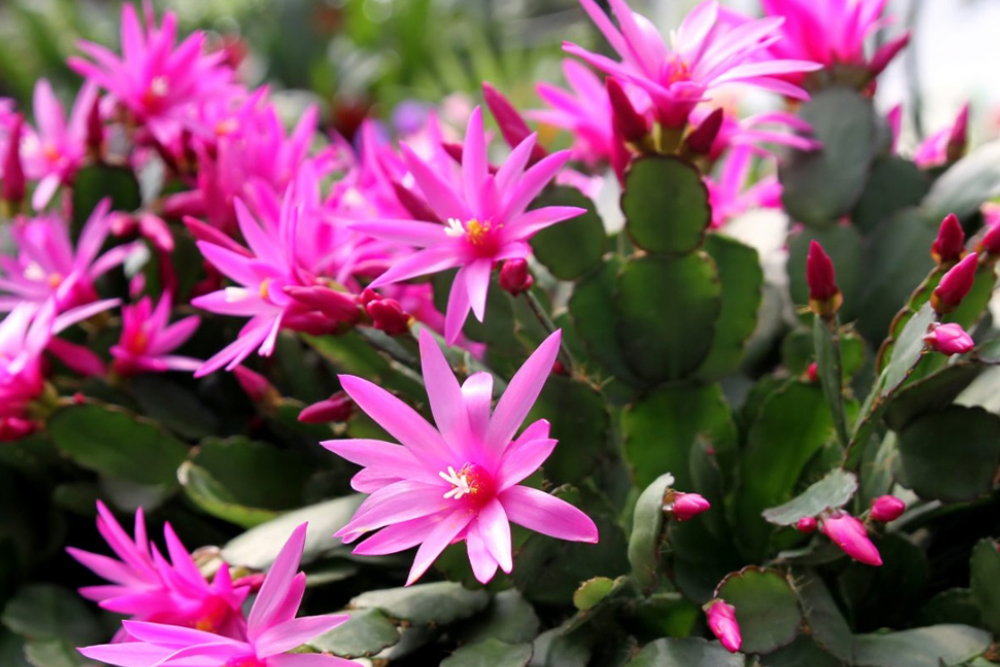Anthuriums: a Large Family of Flamingo Flowers
Anthuriums, known for their striking, heart-shaped flowers, are part of the Araceae family and hail from the lush rainforests of Central and South America. Their journey into cultivation began centuries ago, with Europeans first coming into contact with these vibrant plants during their exploratory voyages. The formal classification and selective breeding that started in the […]
Anthuriums: a Large Family of Flamingo Flowers Read More »










